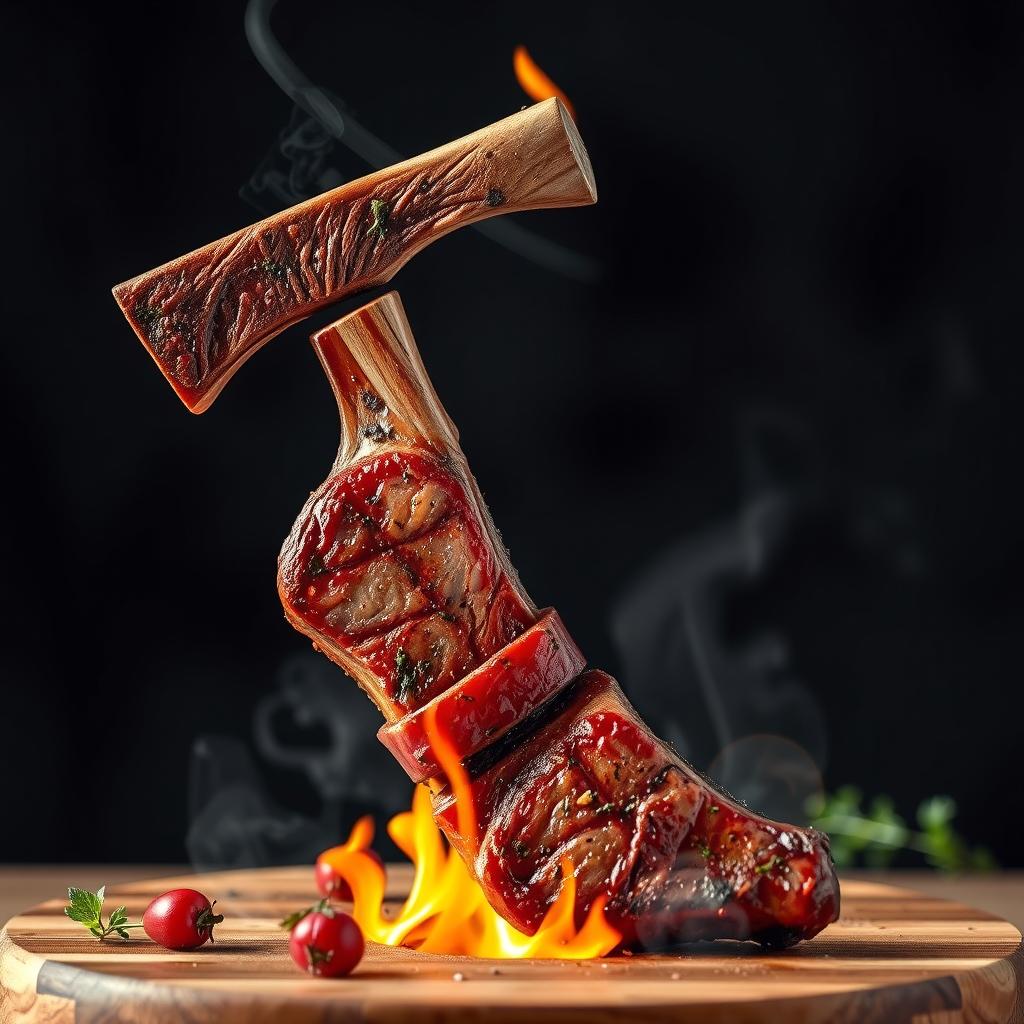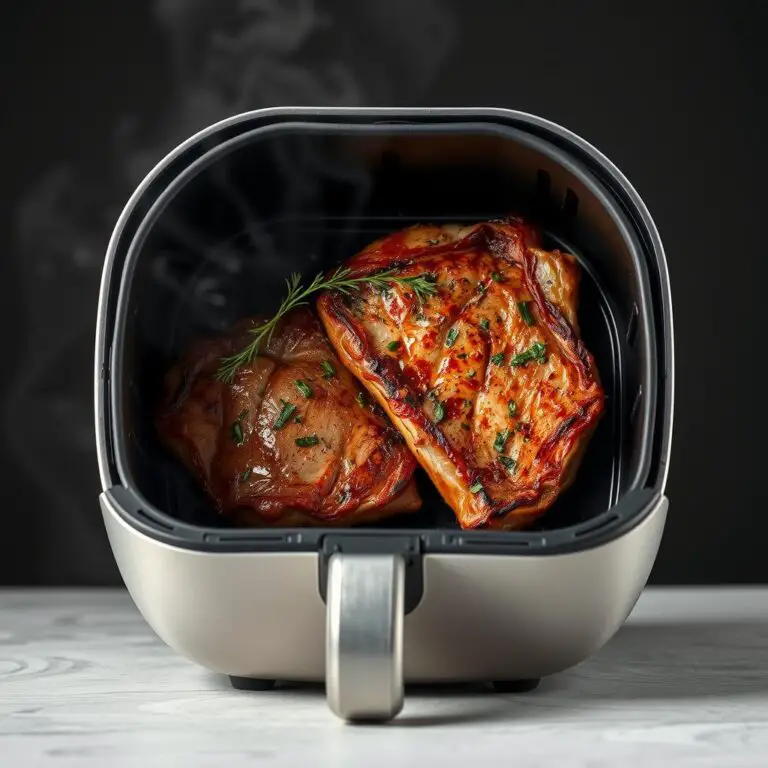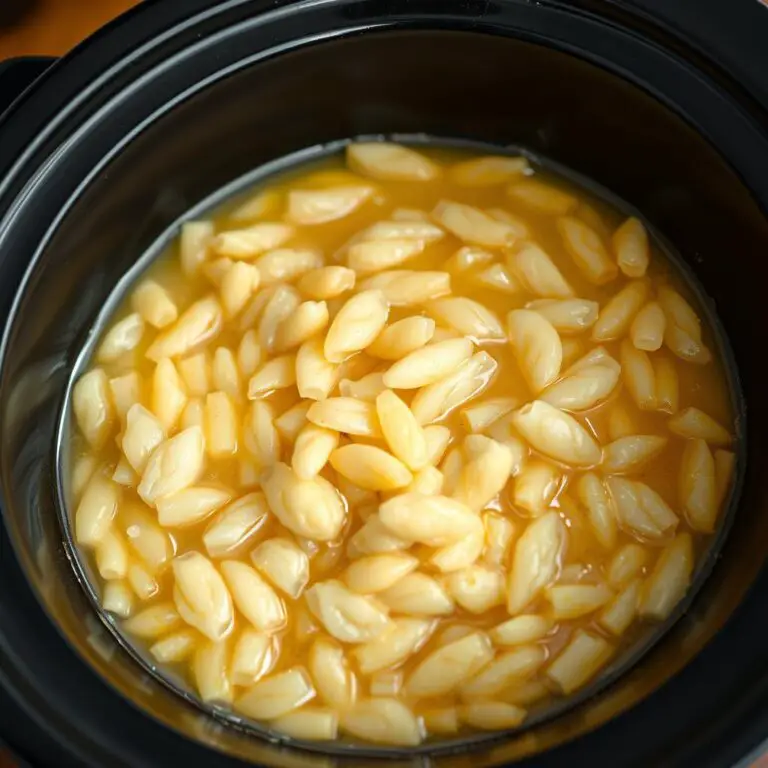Let's talk Tomahawk steaks.
Cooking a Tomahawk steak can seem intimidating.
But trust me, finding the best way to cook a tomahawk steak is totally achievable at home.
You just need the right approach.
Unleashing the Beast: Finding Your Best Way To Cook a Tomahawk Steak
First, let's address the elephant in the room: what is a tomahawk steak?
It's basically a ribeye, but with the entire rib bone still attached.
Think of it as the king of steaks, known for its impressive presentation and rich, beefy flavor, and that incredible marbling.
But how do you actually cook this bad boy to perfection?
That's the question we're tackling here.
Are you worried about ruining an expensive cut of meat?
Do you feel overwhelmed by all the different cooking methods out there?
I get it.
I have been there before.
But don't worry, I'm going to break down my favorite techniques so you can confidently cook an amazing tomahawk steak.
Tomahawk Steak: Prep is Key
Before we even think about heat, we need to talk prep.
Proper preparation is essential for achieving the best way to cook a tomahawk steak.
This step ensures a perfectly cooked, tender, and flavorful steak.
-
Dry Brining is your Friend: Salt your steak at least an hour before cooking, or even better, the day before.
- Use a generous amount of kosher salt.
- This helps the steak retain moisture and develops a beautiful crust.
- Consider this a dry brine, and it's crucial.
-
Bring to Room Temperature: Take the steak out of the fridge at least an hour before cooking.
- This allows for more even cooking.
- A cold steak won't cook evenly and can lead to a tough exterior.
-
Pat it Dry: Use paper towels to thoroughly dry the surface of the steak.
- Excess moisture will prevent a good sear.
- The drier the surface, the better the crust.
Searing & Reverse Searing: The Best Way To Cook A Tomahawk Steak
There are a few ways to cook a tomahawk, but the two most popular are searing and reverse searing.
Let's start with the searing method.
Searing involves cooking the steak over high heat to create a flavorful crust, then finishing it in the oven or with indirect heat.
Reverse searing is the opposite: low and slow in the oven first, then a screaming hot sear at the end.
Which method is the best way to cook a tomahawk steak?
Honestly, it depends on your preferences and the thickness of your steak.
-
Searing
- Good for thinner tomahawks (around 1.5-2 inches thick).
- Faster overall cooking time.
- Easier to control the sear.
-
Reverse Searing
- Ideal for thicker tomahawks (2+ inches thick).
- More even cooking throughout the steak.
- Requires a bit more attention to temperature.
Searing: High Heat, Big Flavor
-
Get Your Pan Screaming Hot: Use a cast iron skillet or heavy-bottomed pan.
- Add a high-smoke-point oil like avocado or grapeseed oil.
- The pan should be almost smoking.
-
Sear, Baby, Sear: Sear the steak for 2-3 minutes per side.
- Don't move the steak around; let it develop a deep brown crust.
- Sear the edges, too, for even more flavor.
-
Finishing Touches: Transfer the steak to a preheated oven (around 350°F) or cook with indirect heat.
- Use a meat thermometer to monitor the internal temperature.
- Pull the steak when it's a few degrees below your desired doneness.
Reverse Searing: Low and Slow, Then BOOM!
-
Low and Slow: Place the seasoned tomahawk on a wire rack set inside a baking sheet.
- Cook in a preheated oven (around 225°F) until it reaches your desired internal temperature minus about 20 degrees.
- Use a meat thermometer.
-
The Money Sear: Remove the steak from the oven.
- Heat a cast iron skillet with high-smoke-point oil until screaming hot.
- Sear the steak for 1-2 minutes per side, until a deep brown crust forms.
Temperature & Doneness
No matter which method you choose, internal temperature is key for achieving your preferred level of doneness when discovering the best way to cook a tomahawk steak.
Use a reliable meat thermometer and aim for these temperatures:
- Rare: 125-130°F
- Medium-Rare: 130-135°F (My personal favorite)
- Medium: 135-145°F
- Medium-Well: 145-155°F
- Well-Done: 155°F+ (Please don't)
Remember, the steak will continue to cook slightly as it rests, so pull it off the heat a few degrees before your target temperature.
Rest and Enjoy
Resting is just as important as the cooking process.
Allow the steak to rest for at least 10-15 minutes before slicing.
This allows the juices to redistribute throughout the meat, resulting in a more tender and flavorful steak.
Tent it loosely with foil to keep it warm.
The best way to cook a tomahawk steak is now clear.
Let's dive deeper to uncover the best way to cook a tomahawk steak, maximizing its flavor and ensuring a perfect cook every single time.
Slicing and Serving Your Tomahawk Steak
After properly resting your magnificent tomahawk steak, it’s time to slice and serve it.
But hold up, slicing it the right way is crucial for the most enjoyable experience.
-
Against the Grain: Identify the direction of the muscle fibers (the grain). Slice against the grain to shorten these fibers, making each bite more tender.
-
Detach the Bone: You can slice the meat off the bone for easier serving, or leave it attached for presentation. Both ways are correct!
-
Serving Suggestions: Serve with your favorite steakhouse sides, like mashed potatoes, roasted asparagus, or a simple salad.
Getting That Perfect Sear: Tips and Tricks
Achieving a perfect sear is essential when figuring out the best way to cook a tomahawk steak.
Here are some additional tips for nailing that crispy, flavorful crust:
-
Use the Right Oil: High-smoke-point oils like avocado, grapeseed, or refined coconut oil are your best friends. They can handle the intense heat without burning.
-
Don't Overcrowd the Pan: If your tomahawk is huge, you might need to sear it in batches to avoid lowering the pan's temperature.
-
Press it Down: Use a spatula or a steak weight to ensure maximum contact between the steak and the hot pan. This promotes even browning.
-
Basting: For added flavor, baste the steak with melted butter, herbs (like thyme and rosemary), and garlic during the last few minutes of searing.
Mastering the Oven Finish
Whether you're searing first or reverse searing, the oven plays a crucial role in cooking your tomahawk steak.
Here's how to get it right:
-
Consistent Temperature: Make sure your oven is accurately preheated. An oven thermometer can help ensure consistent temperature.
-
Wire Rack is Key: Place the steak on a wire rack set inside a baking sheet. This allows for even heat circulation around the steak.
-
Monitor the Internal Temperature: A meat thermometer is your best friend here. Use it to track the internal temperature of the steak and pull it from the oven when it's a few degrees below your desired doneness.
-
Carryover Cooking: Remember that the steak will continue to cook as it rests, so don't overcook it in the oven.
Grilling Your Tomahawk Steak
While searing and oven-finishing are popular methods, grilling is also a fantastic way to cook a tomahawk steak and many people find the best way to cook a tomahawk steak is on the grill.
Here's how to do it:
-
Two-Zone Cooking: Set up your grill for two-zone cooking, with one side hot and one side cooler.
-
Sear Over High Heat: Sear the steak over the hot side of the grill for 2-3 minutes per side, creating a flavorful crust.
-
Finish Over Indirect Heat: Move the steak to the cooler side of the grill and continue cooking until it reaches your desired internal temperature.
-
Temperature Control: Close the lid and monitor the internal temperature with a meat thermometer.
Troubleshooting Common Tomahawk Steak Problems
Even with the best techniques, things can sometimes go wrong.
Here are some common problems and how to fix them:
-
Tough Steak: Usually caused by overcooking or not resting the steak long enough.
- Solution: Use a meat thermometer, avoid overcooking, and rest the steak for at least 10-15 minutes before slicing.
-
Uneven Cooking: Occurs when the steak is too cold when it hits the pan or oven.
- Solution: Bring the steak to room temperature before cooking.
-
Lack of Crust: Often caused by too much moisture on the surface of the steak or a pan that's not hot enough.
- Solution: Pat the steak dry before searing, use a screaming hot pan, and don't overcrowd the pan.
-
Burnt Sear: From too high heat or too much oil.
- Solution: Reduce heat slightly, watch carefully and use a high smoke point oil.
Seasoning Beyond Salt and Pepper
While salt and pepper are essential, don't be afraid to experiment with other seasonings to elevate the flavor of your tomahawk steak.
Some ideas include:
-
Garlic Powder: Adds a subtle, savory flavor.
-
Onion Powder: Complements the beefy flavor of the steak.
-
Smoked Paprika: Imparts a smoky flavor.
-
Herb Blends: Combine dried herbs like thyme, rosemary, and oregano for an aromatic seasoning.
-
Coffee Rub: Ground coffee adds a rich, earthy flavor.
Pairing Wines with Your Tomahawk Steak
To complete the dining experience, pair your perfectly cooked tomahawk steak with a complementary wine.
Here are some great options:
-
Cabernet Sauvignon: A classic pairing for steak, with bold flavors that stand up to the rich beef.
-
Merlot: A softer, fruitier option that still pairs well with steak.
-
Zinfandel: A spicy, full-bodied wine that complements the savory flavors of the tomahawk.
-
Malbec: A rich, dark fruit flavor and smoky finish pairs perfectly with the charred crust of a tomahawk steak.
FAQ About Cooking Tomahawk Steaks
-
How long does it take to cook a tomahawk steak?
- Cooking time depends on the thickness of the steak and the cooking method. Searing typically takes around 6-10 minutes total, while reverse searing can take longer, closer to 45 minutes, including rest time.
-
What temperature should a tomahawk steak be cooked to?
- Refer to the temperature guide above for your desired level of doneness.
-
Can I cook a tomahawk steak from frozen?
- It's best to thaw the steak completely before cooking for more even results.
-
Is the bone-in worth it?
- Absolutely! The bone adds flavor and helps retain moisture.
Conclusion
Hopefully, now you know what is the best way to cook a tomahawk steak.
Remember, practice makes perfect.
Don't be discouraged if your first attempt isn't flawless, as mastering this method for cooking a tomahawk steak is an art.




